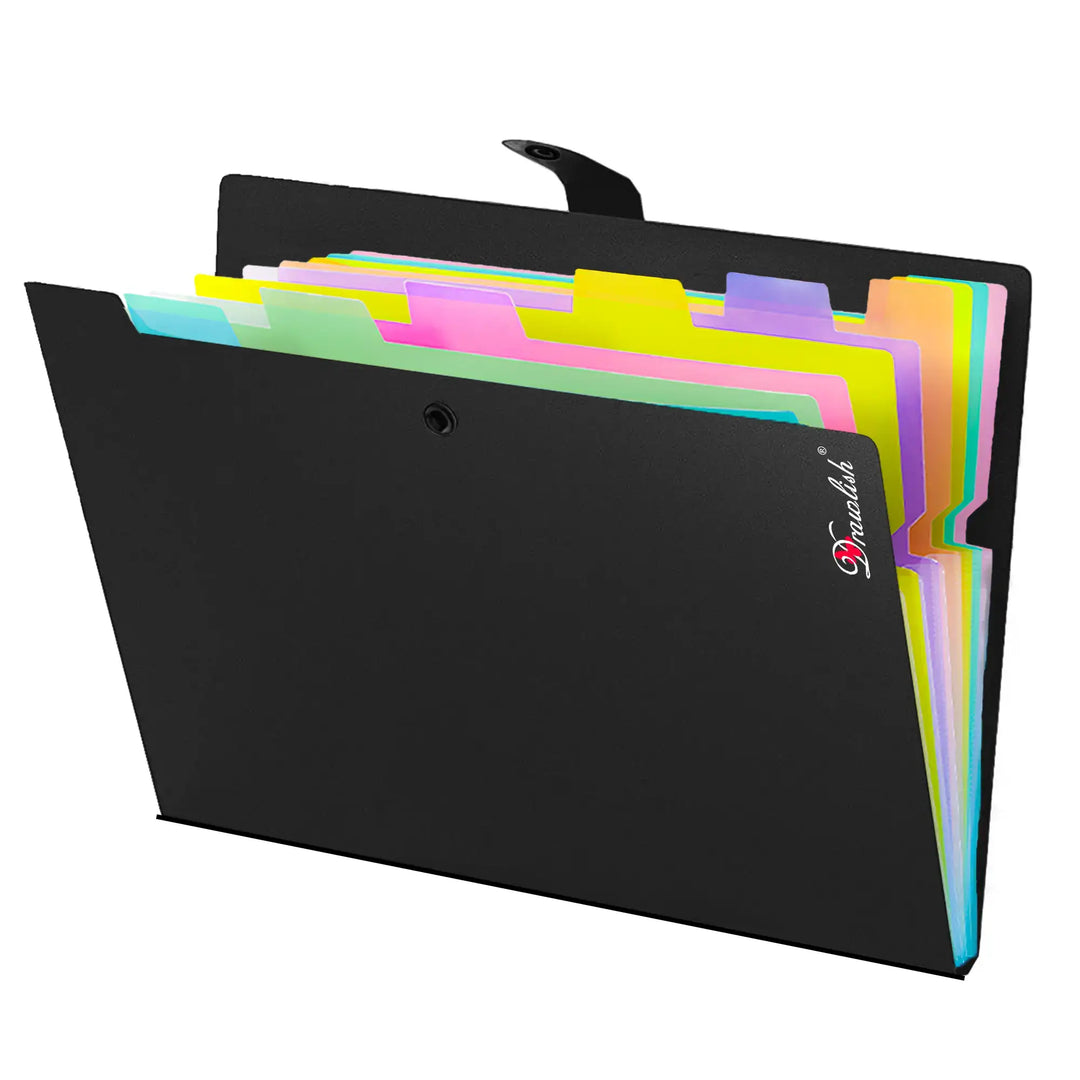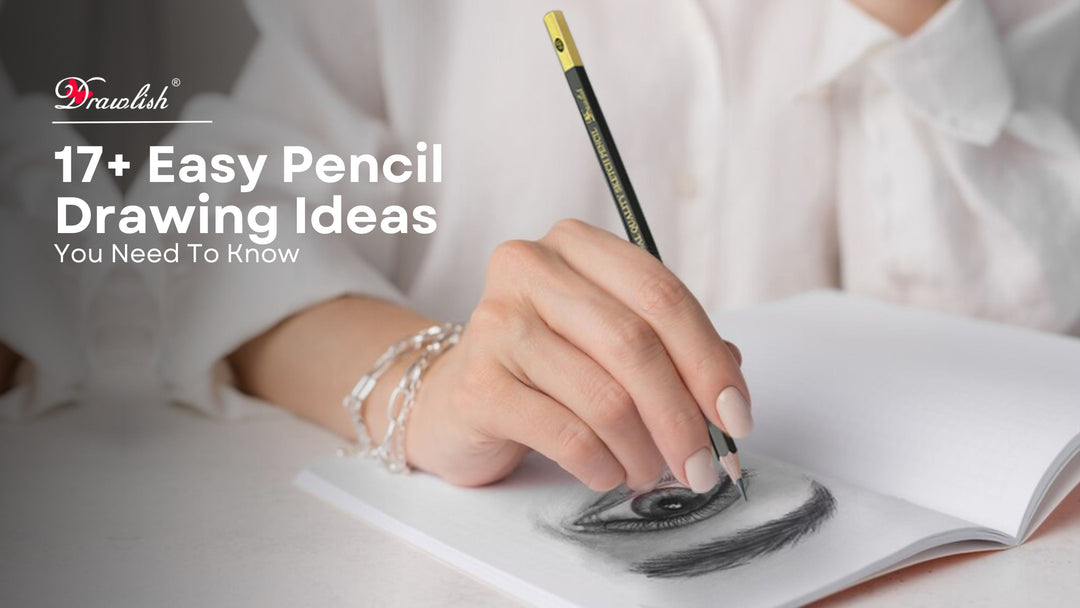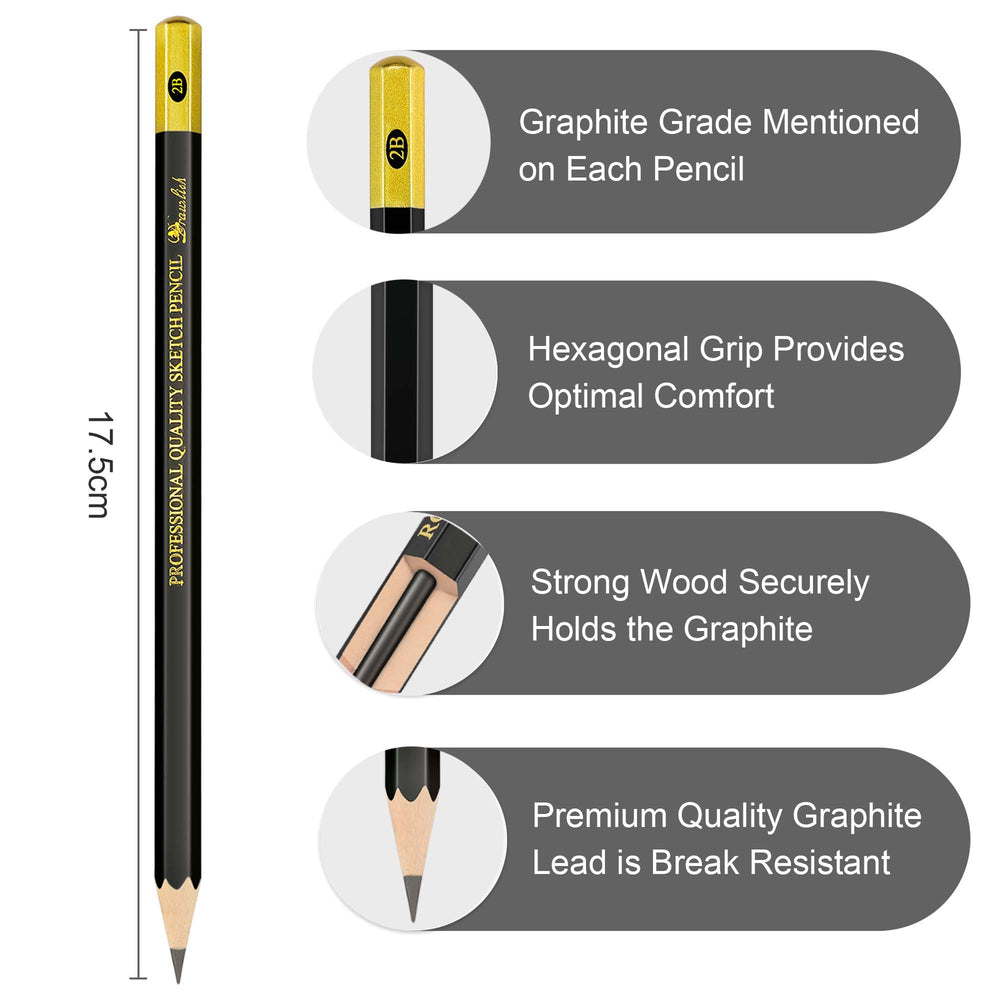What Colours Make Blue? Guide On How To Make Blue
Creating the perfect shade of blue can be both an art and a science. Whether you’re aiming for a soft pastel blue or a deep navy, understanding how to mix colours is key to mastering this versatile hue. In this guide, we’ll explore how to create various shades of blue using Drawlish Acrylic Paint and other essential tools.
What Colours Make Blue?
The Basics
Blue is a primary colour, meaning it cannot be created by mixing other colours together. Instead, it stands proudly at the foundation of the colour wheel alongside red and yellow. When combined in specific proportions, these three primary colours give birth to a wide spectrum of hues.
But let’s focus on blue itself. How do we coax it out of our paint palette? Well, let’s gather our materials first:
- Drawlish Paint Palette: A trusty companion for any artist.
- Drawlish Blue Acrylic Paint: Our star ingredient.
- Three Paint Brushes: Because variety is the spice of creativity.
Creating Light Shades of Blue
1. Powder Blue
Powder Blue is a soft, muted shade that’s perfect for creating a serene atmosphere in your paintings. Here’s how to achieve this tranquil colour:
- Start with the Base: Use Drawlish Blue Acrylic Paint as your starting point.
- Lighten the Shade: Gradually mix in small amounts of white paint. The key is to add the white slowly to avoid overpowering the blue, allowing you to control the lightness of the shade.
- Test and Adjust: Use one of your three brushes to blend the colours on your Drawlish Paint Palette. Keep adding white until you reach the gentle, powdery hue that defines this colour.
- Fine-Tune: If you want an even softer look, add a tiny bit more white and blend thoroughly. This step is crucial for ensuring that the colour remains uniform without streaks or uneven tones.

Powder blue is like a whisper, a delicate, almost weightless shade that flutters gently. Picture vintage porcelain teacups or the petals of forget-me-nots. It’s the colour of nostalgia and daydreams, a hue that invites introspection.
2. China Blue
China Blue offers a slightly more sophisticated feel with its grayish undertones. Here’s how to create this elegant shade:
- Begin with Blue: Use Drawlish Blue Acrylic Paint as the foundation.
- Add Depth: Mix in a very small amount of black or gray paint. The goal is to add just enough to mute the vibrancy of the blue without making it too dark.
- Blend Carefully: Using your Drawlish Paint Palette, mix the colours thoroughly. This will help you achieve that smooth, understated blue with a hint of gray.
- Adjust as Needed: Depending on how subtle or bold you want the gray undertone to be, add more black or white. Experimenting with these ratios will allow you to customize the shade to your liking.

China blue emerges, an elegant and sophisticated hue. Imagine Ming Dynasty ceramics adorned with intricate patterns, or perhaps a moonlit garden in Suzhou. It’s a colour that carries whispers of history and grace.
3. Light Blue
Light Blue is a versatile, airy shade that works well in a variety of contexts, from sky scenes to water features. Here’s how to mix it:
- Start with a Rich Blue: Use Drawlish Blue Acrylic Paint as your base.
- Add White for Brightness: Gradually mix in white paint. The key here is to add enough white to brighten the blue without losing its vibrancy.
- Blend Smoothly: Use your paintbrush to blend the colours on your Drawlish Paint Palette. The more you mix, the smoother and more consistent the shade will become.
- Test the Shade: Paint a small swatch to see how the colour looks on your canvas. Adjust by adding more blue or white as needed to achieve the perfect light blue.

Light blue dances between the sky and the sea, a harmonious blend of tranquility and possibility. Think of lazy afternoons by the shore, with waves lapping gently at your toes.
4. Maya Blue
Maya Blue is a unique, historical shade with a slightly greenish tint, perfect for adding a touch of ancient artistry to your work. Here’s how to create it:
- Mix the Base Colour: Start with Drawlish Blue Acrylic Paint.
- Add a Hint of Green: To achieve that distinct Maya Blue shade, mix in a small amount of green paint. This addition gives the blue its characteristic tint.
- Lighten with White: Add white paint to the mix to lighten the colour to your desired shade of Maya Blue.
- Refine the Tone: Adjust the green and white ratios until you achieve the perfect blend of blue and green, resulting in a shade that’s both vibrant and historically rich.

Maya blue has ancient roots, it’s the colour of Mesoamerican pottery, a bridge between earth and sky. Imagine turquoise waters and the lush greenery of tropical forests. It’s a hue that whispers secrets of lost civilizations.
For a comprehensive tutorial on mixing the light shades of blues, watch our video below. This guide will show you exactly how to balance the blue, green, and white to create this captivating colour.
Creating Dark Shades of Blue
Darker blues are the essence of elegance and mystery, perfect for adding depth and drama to your art. Whether you're capturing the stillness of the night or the vastness of the ocean, these shades bring a powerful presence. Let’s dive into how to craft the ultimate dark blue using Drawlish Acrylic Paint.
What Colours Make Navy Blue?
Navy Blue is a classic, rich, deep, and undeniably sophisticated. Here's how to nail this timeless shade:
-
Start with Drawlish Blue Acrylic Paint:
- Lay down a solid base of Drawlish Blue Acrylic Paint on your Drawlish Paint Palette. This is your starting point for creating that intense, deep hue.
- Lay down a solid base of Drawlish Blue Acrylic Paint on your Drawlish Paint Palette. This is your starting point for creating that intense, deep hue.
-
Add Black for Bold Depth:
- Slowly mix in a touch of black paint. Go easy, add a little at a time to avoid drowning out the blue.
- Blend until the black deepens the blue just right, giving you that bold, inky Navy Blue.
-
Fine-Tune the Shade:
- Want a more vibrant navy? Add a hint of red to warm it up, keeping the colour rich and balanced.
- Test it out, tweak it as needed, and you’ve got a Navy Blue that’s both commanding and classy.
And for those who want to see it in action, check out our YouTube tutorial linked below, where we break down each step with visual cues, making it easy to follow along.
With these steps, you’re not just mixing paint—you’re crafting a masterpiece.
Bonus: How to Create 6 Colours Using Primary Colours, Including Blue
Understanding primary colours is essential for any artist. By mastering the basics, you can create a wide range of colours, including the perfect shade of blue. In the video below, we demonstrate how to create six different colours using primary colours, with a special focus on blue.
And finally, if you’re feeling adventurous, head over to our Drawlish blog. We’ve got tips on creating other colours too!
- Want to know how to make brown? How to Make 17 Common Shades?
- How to Create 5 Beautiful Pastel Colours
Now, dear reader, which shade of blue calls to your soul? Is it the tranquil sky blue or the enigmatic navy? Let us know, we're all ears!







Leave a comment